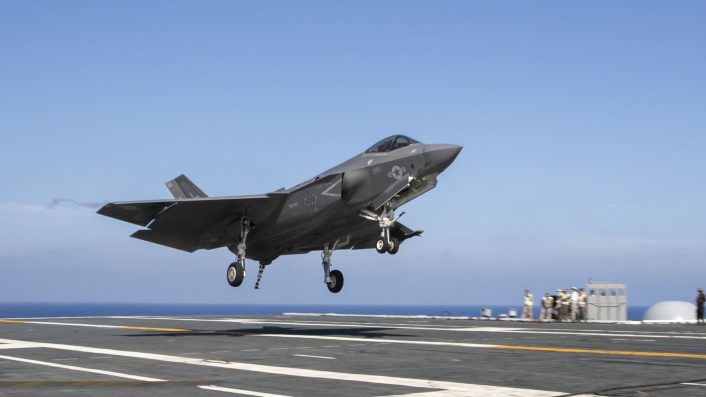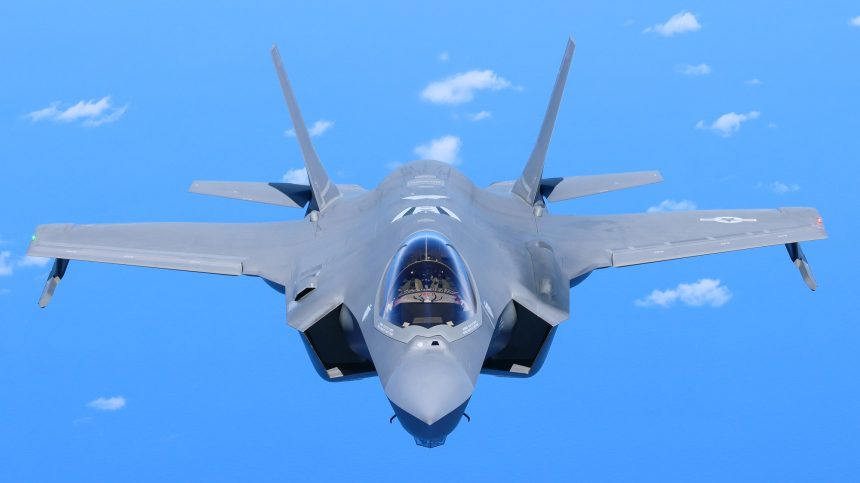The $2.8B contract funds 141 F135 engines for U.S. services and allies, securing production, spares, and upgrades through February 2028.
Pratt & Whitney has been awarded a major contract, valued at nearly $2.9 billion, for the production of new F135 engines that will power Lot 18 F-35 Lightning II fighters. The deal, announced by the U.S. Department of Defense and the company on Aug. 22, 2025, covers 141 propulsion systems, including spares and support, for all three variants of the aircraft, to be completed by February 2028.
The F135 is the sole engine used on the F-35 Joint Strike Fighter, supporting the conventional take-off and landing (CTOL), carrier (CV), and short take-off and vertical landing (STOVL) variants operated by the U.S. Air Force, Navy, and Marine Corps, as well as international program partners and Foreign Military Sales (FMS) customers.
A $2.9 Billion Deal
According to the Department of Defense contract notice, the award is structured as a not-to-exceed $2,878,495,761 undefinitized contract modification managed by the Navy’s Naval Air Systems Command (NAVAIR). The deal adds scope to the previously awarded multiyear F135 contract, expanding production to cover the 141 propulsion systems needed for Lot 18 aircraft.
The funding breakdown highlights the multinational scope of the F-35 program, as the contract is financed through a combination of U.S. Navy and Air Force procurement budgets, foreign military customer contributions, and cost shares from international F-35 program participants.
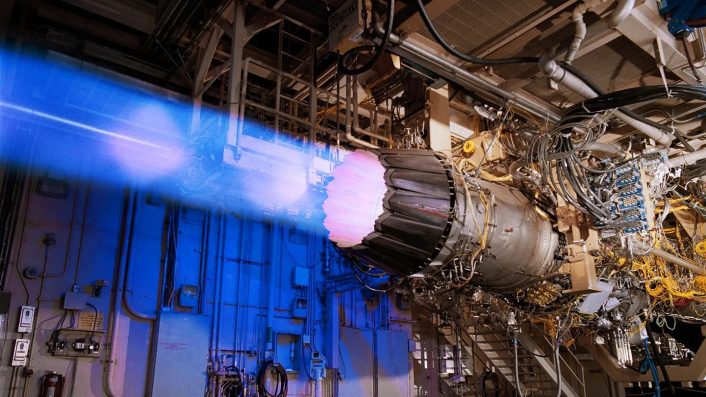
The Department of Defense also detailed the extensive industrial footprint involved in engine production. The program is expected to sustain more than 67,000 jobs and 240 suppliers across the U.S., according to Pratt & Whitney.
Lot 18 F-35 Production
The engines will be delivered to the U.S. Air Force, Navy, and Marine Corps, along with international F-35 program participants and FMS customers. Specifically, Lot 18 will see 141 engines produced for 145 F-35 aircraft, with Pratt & Whitney scheduled to complete deliveries by February 2028.
This engine order aligns with Lockheed Martin’s December 2024 contract award for Lot 18 F-35 airframes, worth up to $11.8 billion. That deal covers 145 aircraft to be delivered by mid-2027.
Air & Space Forces Magazine calculated that the average price of each Lot 18 F135 engine comes to roughly $20.4 million. When combined with the cost of the airframes, the overall average price of an F-35 in this production lot is projected to exceed $101 million per aircraft.
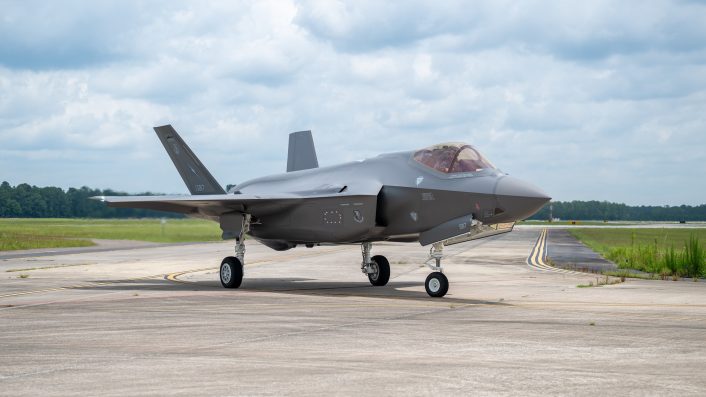
Obviously, it is important to note that this is the average value as the three variants have different prices. According to Lockheed Martin, for Lots 15 through 17, the average flyaway cost of an F-35A was $82.5 million; $109 million for an F-35B, and $102.1 million per F-35C.
The F-35 Joint Program Office explained that Lot 18 and later aircraft incorporate upgraded systems and capabilities, part of the Technology Refresh 3 and Block 4, which account for the rise in cost. While detailed pricing per variant of the new Lot 18 remains undisclosed, both the aircraft and engine deals reflect the steady progression of the F-35 program toward more capable configurations.
Pratt & Whitney’s Statement
In its August 26 press release, Pratt & Whitney emphasized the importance of the F135 engine as a cornerstone of the Joint Strike Fighter program.
“The combat-proven F135 engine delivers the power, safety, reliability, and low-observability to ensure operators can accomplish their most critical missions,” said Christopher K. Johnson, vice president for the F135 program at Pratt & Whitney. “The F135 is ultimately an investment in mission assurance, providing the warfighters of today and tomorrow the technological edge to fight and win.”
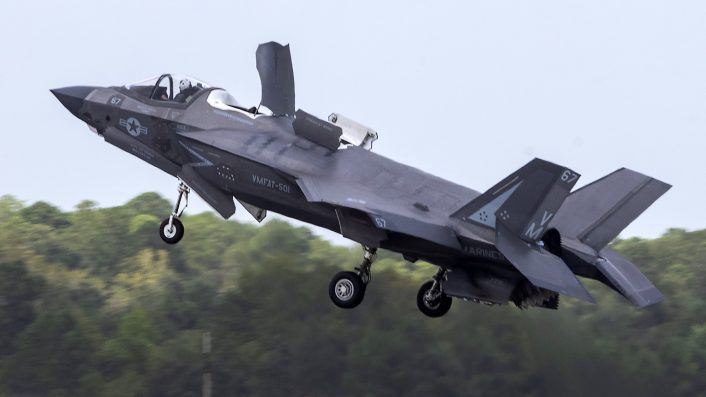
The company highlighted its delivery of more than 1,300 F135 engines to date to support a global fleet of more than 1,215 F-35s spread across 20 allied nations. Beyond its role in powering the F-35, Pratt & Whitney underscored the program’s economic impact: over $9.1 billion contributed to the U.S. economy in 2024 alone.
Future Developments
While Lot 18 engines represent a continuation of current production, Pratt & Whitney is also preparing for future upgrades. In fact, the company is developing the F135 Engine Core Upgrade (ECU), designed to enhance thermal management and auxiliary power generation to meet the growing demands of the F-35’s onboard systems.
The ECU effort followed the Pentagon’s decision not to fund an alternative adaptive engine program. The U.S. Air Force previously advocated for the Next-Generation Adaptive Propulsion (NGAP) engine, but the Office of Management and Budget determined that the service would have to bear the full development cost on its own.
As a result, the Pentagon instead chose to pursue incremental improvements to the existing F135 architecture, consolidating support across all F-35 operators rather than splitting the fleet between multiple engine types. The new upgrade will be instrumental to meet the growing demands of the upgrades brought by the Technology Refresh 3 and Block 4.
